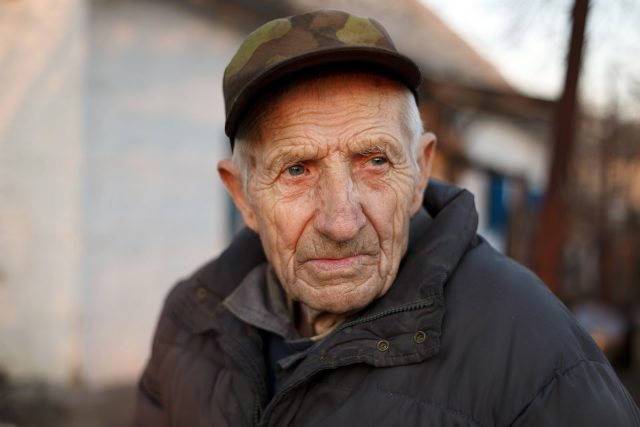
We Don’t Have to Hate the Elderly, After All
Alicia H. Munnell is a columnist for MarketWatch and senior advisor of the Center for Retirement Research at Boston College.
The message of the day seems to be that older people have too much. The Pew Foundation just released a study that compared the wealth of the young with that of the old. Not only do older people have more, but their advantage has increased since the financial crisis. Similarly, when the official poverty statistics were released in August, showing that poverty rates for children had increased much more for the young than for the old, commentators were quick to pounce. “We are spending too much of our limited resources on the elderly…” said one.
Now the government has put out some meaningful measures on poverty, and it turns out we don’t have to hate the elderly after all. They actually have a higher rate of poverty (15.9 percent) than those age 18 to 64 (15.2 percent), and their rate is only slightly below the rate for children (18.2 percent).
The official poverty rate was a major innovation when it was first introduced in the late 1960s. But it is crude. Essentially, the thresholds were set at a minimum diet for families of different sizes multiplied by three. The 1960s numbers have been adjusted for changes in the consumer price index to produce today’s poverty thresholds. The official measure does not do a good job of measuring how much people have or how much they need. It does not reflect:
- Government tax and benefit programs: Taxes reduce disposable income, and in-kind benefit programs, such as food stamps, free up money for other things.
- Rising standards of living: In the 1960s, the poverty threshold equaled one half of median income; today it is roughly one third.
- Costs associated with earning a living: Child care and transportation reduce the amount available for spending.
- Variation in medical costs: Medical costs vary by health and insurance status.
- Geographic differences in prices: Housing costs more in Manhattan than in Mississippi.
The “Supplemental Poverty Measure,” which builds on a major study by the National Academy of Sciences in the 1990s, overcomes these shortfalls.
It establishes a poverty threshold for a basic set of goods for a family with two children. This threshold is:
- The amount spent on specific goods (food, clothing, shelter, and utilities).
- Based on five years of data from the Consumer Expenditure Survey.
- Adjusted to reflect different family sizes and housing costs.
It then compares these thresholds with family resources. These resources include the value of all cash income plus in-kind benefits minus necessary expenses.
- In-kind income includes nutritional assistance, subsidized housing, and home energy assistance.
- Necessary expenses include taxes, childcare and other work-related expenses, and medical out-of-pocket costs.
Essentially, the new index finds that the low-income young receive a lot of previously uncounted benefits in kind, while older persons spend a large share of their income on health care costs, leaving less available for food, clothing, shelter, and utilities. Given that health care costs are rising rapidly, the percent of the elderly in poverty will continue to rise.
So all is right with the world, older Americans are poor and will be getting poorer in the future. We can channel our frustrations into more constructive channels than resentment of the old.







